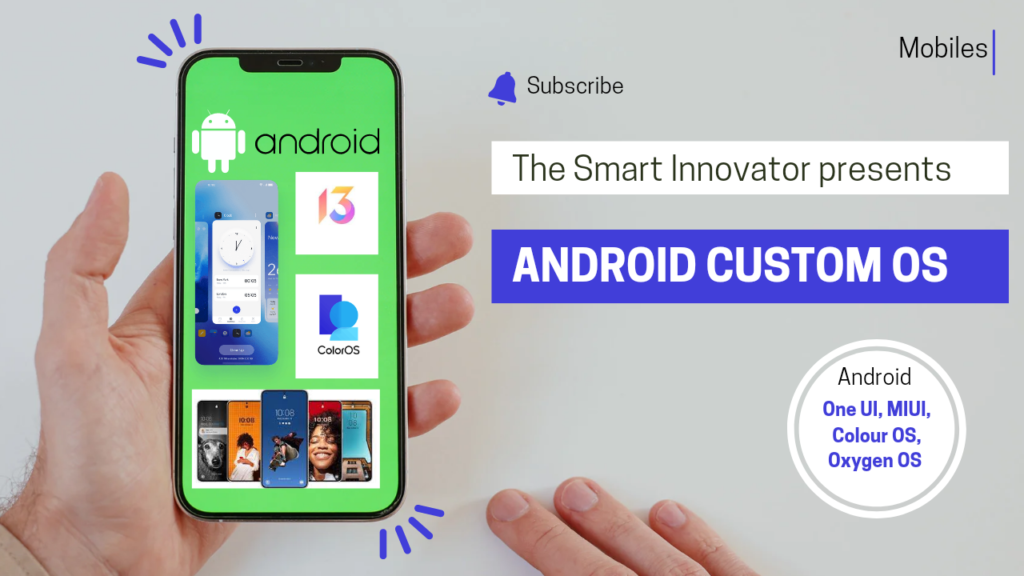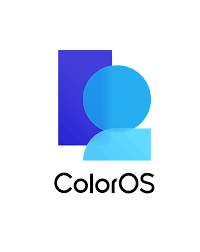Android Custom OS
Android is a very popular mobile operating system in the world. Most electronic manufacturers for Mobile especially provide Android custom OS. It dedicatedly support their marketing visions. Some custom OS installed bloatware apps defined by manufacturer itself. Users can sometimes uninstall them or have to forcefully keep them.
In Android Custom OS, where the boundaries of the Android operating system are pushed to deliver unique and personalized experiences. In this cover story, we will delve into the concept of Custom OS, its benefits, and how it has revolutionized the Android ecosystem. From customizing the user interface to optimizing performance, let’s uncover the exciting possibilities that Android Custom OS brings to the table.

What does a custom OS mean on an Android?
Custom OS mean that OS that originally Android itself but having some optimized features specifically available on manufacturer mobiles. For e.g. Color OS has customized parallel apps optimization is recent launched mobiles.
Android Custom OS refers to a modified version of the Android operating system that offers device manufacturers, developers, and communities the freedom to tailor the Android experience according to their specific needs and preferences. It allows for the customization of various elements, including the user interface, system apps, features, and functionalities.
Benefits of Android Custom OS
- Enhanced User Experience: Android Custom OS empowers manufacturers to create user interfaces that align with their brand identity, delivering a seamless and intuitive user experience.
- Feature Customization: Custom OS allows for the inclusion of unique features and functionalities that cater to specific user demands, providing a competitive edge in the market.
- Performance Optimization: With Custom OS, manufacturers can optimize system performance, improve resource management, and enhance overall device speed and responsiveness.
- Exclusive Apps and Services: Custom OS often includes proprietary apps and services that are tailored to the manufacturer’s ecosystem, enriching the user experience and adding value to their devices.
- Security and Privacy: Custom OS allows manufacturers to implement advanced security features and privacy controls, ensuring a safe and secure user experience.
Can you install custom OS on Android phone?
In a recommendation way users shouldn’t install custom OS on their mobile as it can violates warranty. Manufacturer itself provide the custom OS out of the box. However third party unregistered custom OS ROM sometimes available on internet for installation. But this is totally not recommended as these ROM can break your mobile too.
What is the best custom OS?
In Market there’s variety of custom OS available like Color OS, Oxygen OS, MIUI and One UI. Basically every manufacturer backing up certain custom OS to make a presence in the market. Customization features like Always on display, Home screen icons, Finger print icon animation and Fonts are some examples of available features for the users.




Popular Android Custom OS Variants
- OxygenOS: Known for its clean and fast interface, OxygenOS by OnePlus offers a near-stock Android experience with subtle enhancements and features geared towards power users.
- MIUI: Developed by Xiaomi, MIUI provides a visually appealing interface with a wide range of customization options, additional features, and seamless integration with Xiaomi’s ecosystem.
- One UI: Samsung’s One UI is designed to offer a user-friendly interface, focusing on one-handed usability and optimized for larger screens, providing a unique and intuitive Samsung experience.
- EMUI: Developed by Huawei, EMUI brings a sleek and feature-rich interface with advanced customization options, enhanced power management, and a range of proprietary apps and services.
- ColorOS: OPPO’s ColorOS provides a visually stunning and feature-packed user interface with extensive customization options, AI-enhanced performance, and a focus on photography capabilities
What does download custom OS mean?
Download Custom OS mean you will have personalized version of Android in your smart phone. It can be featured friendly but also prone to breaking features like battery irregular charging and heating issues. Even a malware driven system that is not tested on market standards and have no liability at all as these independent ROM not recommended by any manufacturer. Always relay on manufacturer supported Custom OS pre built in smart phones.
Conclusion
Android custom OS are now popular in the market as big manufacturer developing smart phone with them. Samsung launches its smart phones with One UI, Oppo uses Color OS, OnePlus uses Oxygen OS and Xiaomi uses MIUI. The list is very long as a variety of manufacturer available in the market. Users according to the features and brand choices can opt any one of them. Apart from these Stocks ROM (Pure Android version) is also supported by Android One devices, Motorola smartphone and some more.
Android Custom OS offers a world of possibilities, allowing manufacturers, developers, and communities to create unique and personalized Android experiences. From customized user interfaces to enhanced performance and exclusive features, the realm of Android Custom OS continues to amaze users.
So how much you like this story you can comment below ? and let us know if we missed any popular custom OS that you have used and like very much. Let us know as well if you want detailed story about any of them. Till then connect with The Smart Innovator for such exciting cover stories.
Frequently Asked Questions
In most cases, Custom OS installations require unlocking the device’s bootloader and installing custom recovery software. It is essential to research the specific requirements and compatibility of the Custom OS with your device before proceeding.
Generally, installing a Custom OS may void the device’s warranty, as it involves modifying the original software. It is crucial to check the manufacturer’s warranty terms and conditions before proceeding with any customization.
Yes, it is usually possible to revert to the stock Android OS by flashing the original firmware or using the manufacturer’s official software. However, the process may vary depending on the device and customization performed.








0 Comments